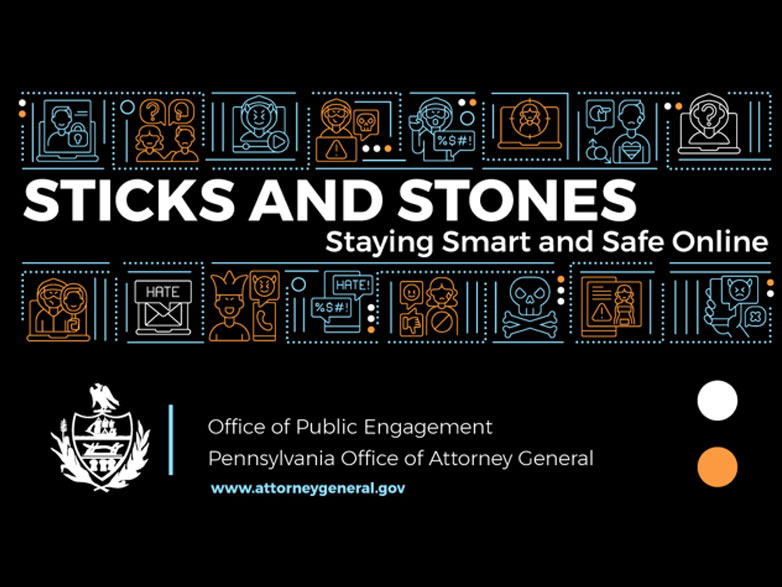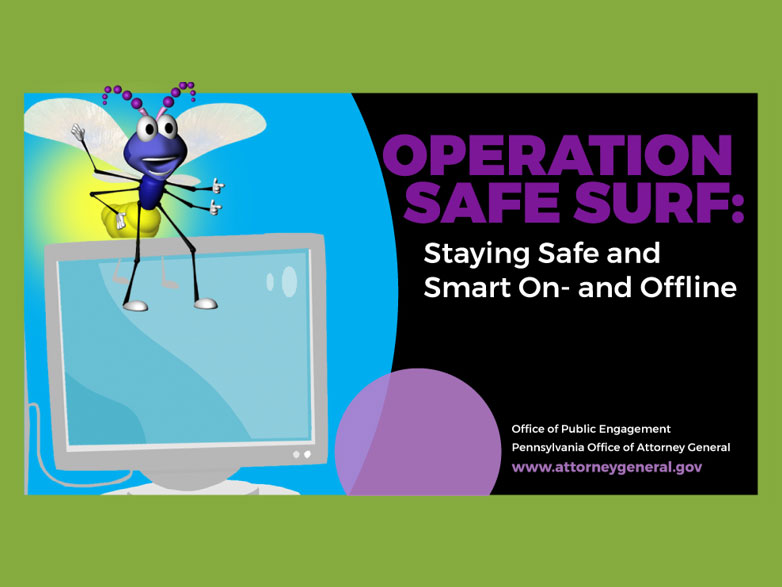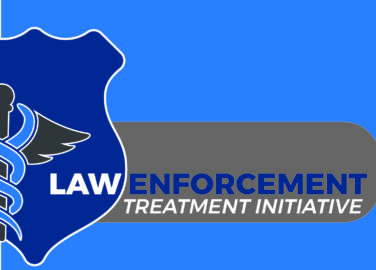Latest Topics
News

Clearfield County Man, a Repeat Offender, Jailed up to 40 Years for Child Pornography Charges
CONTINUE READING
Lehigh County Man Jailed up to 14 Years for Opening Fire on Allentown Bar
CONTINUE READING
Truth Initiative Partners with Pennsylvania’s Office of Attorney General to Provide Prescription Drug Safety Course, Powered by EVERFI from Blackbaud
CONTINUE READING
Shell Falcon Pipeline Charged with Failures to Report Drilling Issues that Caused Industrial Waste, Potential Pollution of Water
CONTINUE READING
Clearfield County Man, a Repeat Offender, Jailed up to 40 Years for Child Pornography Charges
CONTINUE READING
Lehigh County Man Jailed up to 14 Years for Opening Fire on Allentown Bar
CONTINUE READING
Truth Initiative Partners with Pennsylvania’s Office of Attorney General to Provide Prescription Drug Safety Course, Powered by EVERFI from Blackbaud
CONTINUE READING
Shell Falcon Pipeline Charged with Failures to Report Drilling Issues that Caused Industrial Waste, Potential Pollution of Water
CONTINUE READINGSCAM ALERTS
Protecting consumers and combating scams is a top priority of the Office of Attorney General. It’s important for Pennsylvanians to know what schemes are out there – so they can avoid getting scammed and help our Office protect other consumers.

Our text alert system provides real time alerts and practical tips to keep you in the know and help you avoid getting scammed.
EDUCATION & OUTREACH
OFFICE OF PUBLIC ENGAGEMENT
The Office of Public Engagement offers a number of free educational programs to help school personnel, students, parents and the community empower Pennsylvanians with knowledge to keep them safe and to make good decisions.

FIND YOUR LOCAL OUTREACH SPECIALIST
We would love to come to your School or Facility and educate your audience about a variety of topics from our Office of Public Engagement. Click a county to find your rep.
BOOK A PRESENTATIONONLINE PROGRAMMING
View AllWe would love to join your online classroom and give a presentation today. Here are a few examples of our available presentations.













